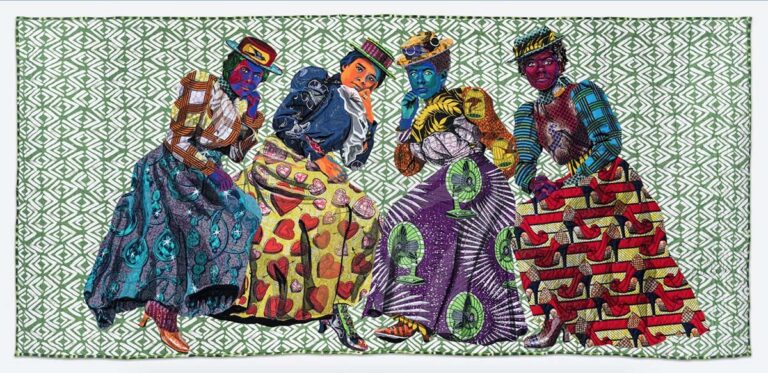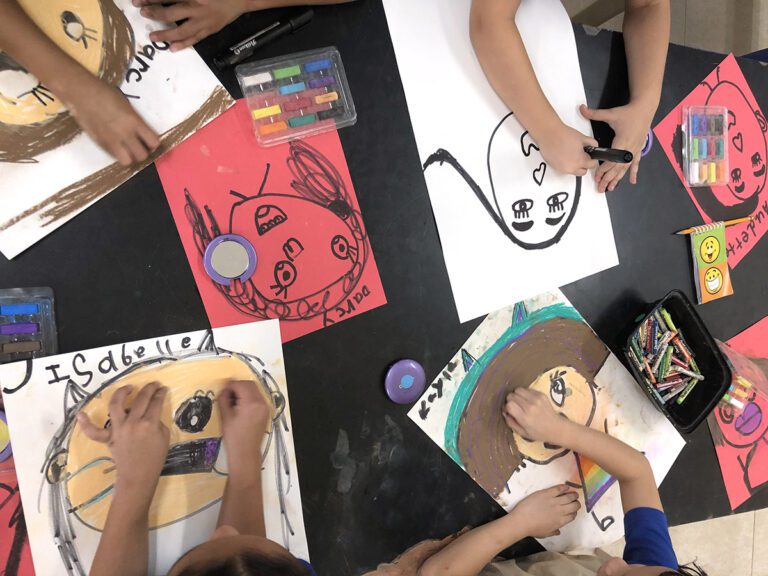If you want to call me an assessment snob, go ahead.
You see, in my mind, a multiple choice test just isn’t a good enough arts assessment. It’s like trying to fit a square peg in a round hole. Vocabulary and memorization are just a small part of what we do in the art room. Why should we only test that?
Below I’ll outline 3 tiers of assessment to consider. Level 1 is the most basic, but a great place to start. Your goal will be to quickly move to Level 2 and beyond for truly meaningful assessments.

The 3 Tiers of Assessment for Art Educators
Level 1: Low
1. Give students a written pre-test. Hopefully, you’ll design one with a team, but you can use a pre-designed one as well.
2. Review the data and identify a target.
3. Teach your unit.
4. Give the same assessment as a post-assessment.
Level 2: Medium
1. Use a performance-based rubric to evaluate student achievement with an overarching theme such as line, shape, self-portrait, etc…
2. Review the data and identify a target.
3. Teach several units or lessons in which students must demonstrate their knowledge of the theme.
4. Use the same rubric to evaluate work. Mirrored assessments are a quality way to show student growth.
Level 3: High
Use a variety of assessments including a portfolio with a body of work and a rubric. Look for multiple assessment points.
The more performance-based your assessment is, the more authentic it will be to the real work we do in the art room. Although writing assessments doesn’t come naturally to many of us, we can always work to improve. Good Luck!
What level are you currently assessing at? What support would you need to get to the next level?
Magazine articles and podcasts are opinions of professional education contributors and do not necessarily represent the position of the Art of Education University (AOEU) or its academic offerings. Contributors use terms in the way they are most often talked about in the scope of their educational experiences.




